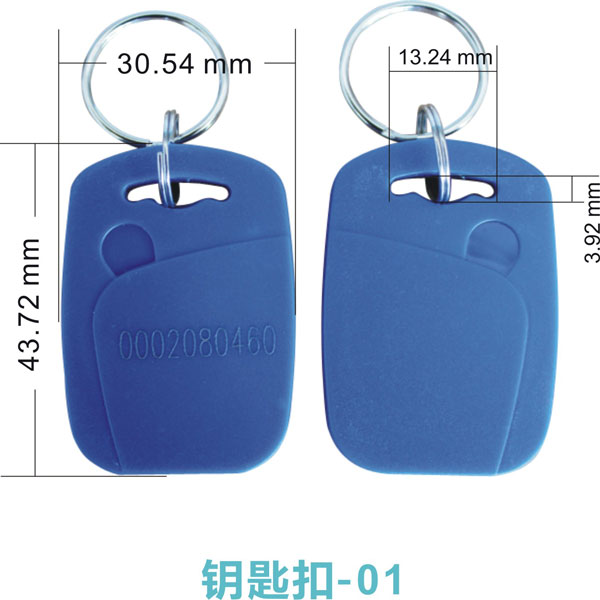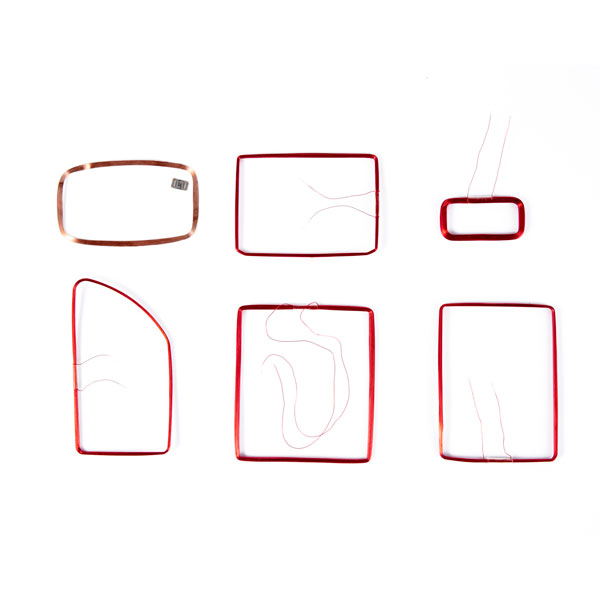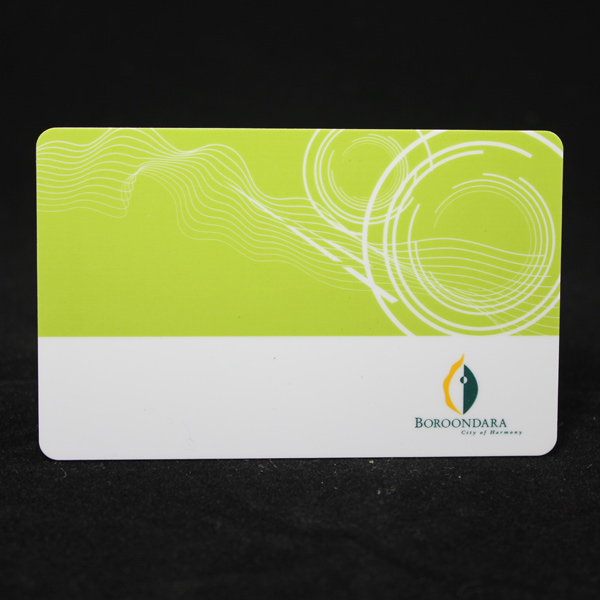Ⅰ. Technical introduction of RFID tags
With the gradual promotion of automation and informatization, industrial intelligence has always attracted attention. For manufacturers, the information of various links such as the process flow of the production line is very important. As an important core component of the perception layer of the Internet of Things, RFID can realize intelligent identification and collection of data without contact or perception. The Internet of Things technology allows different devices to be interconnected through RFID tags. The industrial manufacturing environment is very complex. Through the use of RFID electronic tags, RFID readers, and bar code, PLC and other technologies, real-time data collection of materials, work-in-progress, execution equipment, tooling and other multi-source links are provided for production and operation control. Basic data can effectively improve production efficiency.
Ⅱ. Principles of RFID production line process management system
1. Install RFID readers and RFID antennas at the process points that need to be controlled on the production line, and install different RFID tags on the tooling boards or material boxes that carry the products.
2. Before starting production, use the production management system to match the RFID tag ID fixed on the tooling board or material box with the production batch number, that is, read the RFID tag ID on the tooling board or material box through the RFID reader, and pass The barcode gun scans the production barcode, and the management system binds the RFID tag with the production barcode on the product. In this way, managers can learn from the system which processes the products on the production line have gone through, so as to accurately grasp the data, understand the production progress of the products and the working conditions of employees.
3. The production information (such as name, number, batch) generated in the production interface of the management software is written into the RFID tag through the RFID reader. After the writing is correct, the work in process is sent to each process for production.
4. When the work in process reaches a controlled process point, the RFID reader will write the process content and process point information into the RFID tag, transmit the production data to the server through the network, and update the database in real time.
5. After arriving at the last process point, the RFID reader reads the RFID tag information on the tooling board or the material box to the production management software. The production management software counts the number of processes for the product. If there is any omission, the missing process can be traced. The operator can return the product to the missing process point for rework processing, and complete the production if the number of processes is correct.
6. For the finished products, the production management system will automatically unbind the RFID tag and the production barcode, and store the production barcode as a unique identification code in the database to provide a basis for future product traceability.




